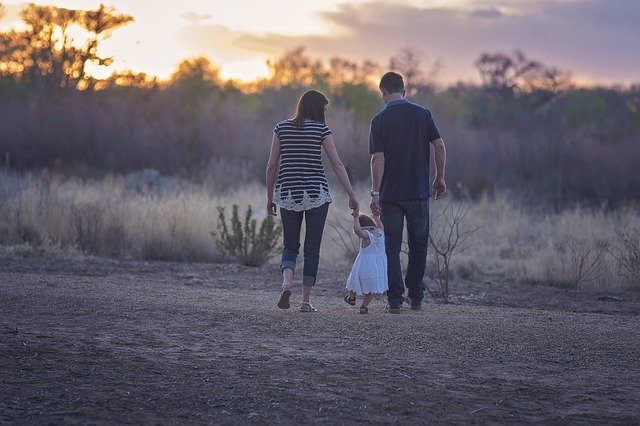War monks of different cultures
What is supposed to be imagined in the term “war monks”? It is very simple. This is a monk who takes a stick or sword in his hand and is not afraid to hit someone with a given weapon. War monks at some stage of the development of society appeared, perhaps, in all countries and continents. It has always been a militarized stage, and while some of these orders have survived, the majority have somehow gone down in history and books.
Shaolin Temple
There is no better demonstration of order that has ever been more sustained than Shaolin Temple. War monks, dressed in iconic orange robes, have practiced kung fu for over 600 years and participated in a number of historical events in China. At a time when Buddhism was not yet accepted and monks had to defend themselves, the belief that “believers should be able to defend themselves”
Genoese knights
A major upheaval in medieval society led to the Christian Genoese knights, taking part in the crusades along with other orders and rulers of European countries and It was later caused by war monks who took part in the protection of travelers to the holy Land. The knights of Genoa, the white cross in the black field, were created before the Crusades, but only during the first Crusades became a truly militaristic monastic order. Many European nobles were not at all pleased to see armed monks hurtling through the country, bound only by the Pope, but over time, the orders of these belligerent monks somehow died or disbanded on their own, as they were no longer necessary.
In some Greek Polis there are temples dedicated to the god of war, Ares, and, as the name and role of the god suggests, even his priests were not fed up with the war, but participated in itself. Unfortunately, we had many volumes and much of history burned along with the Library of Alexandria, which was set on fire by early Christians
Sohei
the Buddhist orders of the monastery, which tried to rule completely and become masters of gun battles, were also present in militaristic Japan. On each sacred mountain there was also a Buddhist sect of monks who protected it with teeth and claws. But the most war monks, and the greatest threat to the unification of Japan, Nobunaga Oda, his successor Toyotomi Hideyoshi, and the ultimate ruler and founding member of the ruling Tokugawa shogunate, were the monks of the Ikko Ikki of the “Jodo Shinshu Sect”, who had even planned to take over Japan in 1585 and establish a religious republic.




